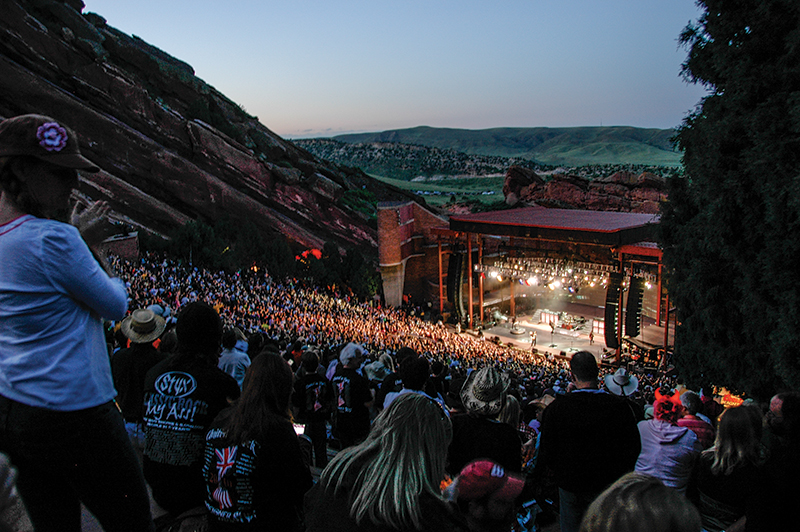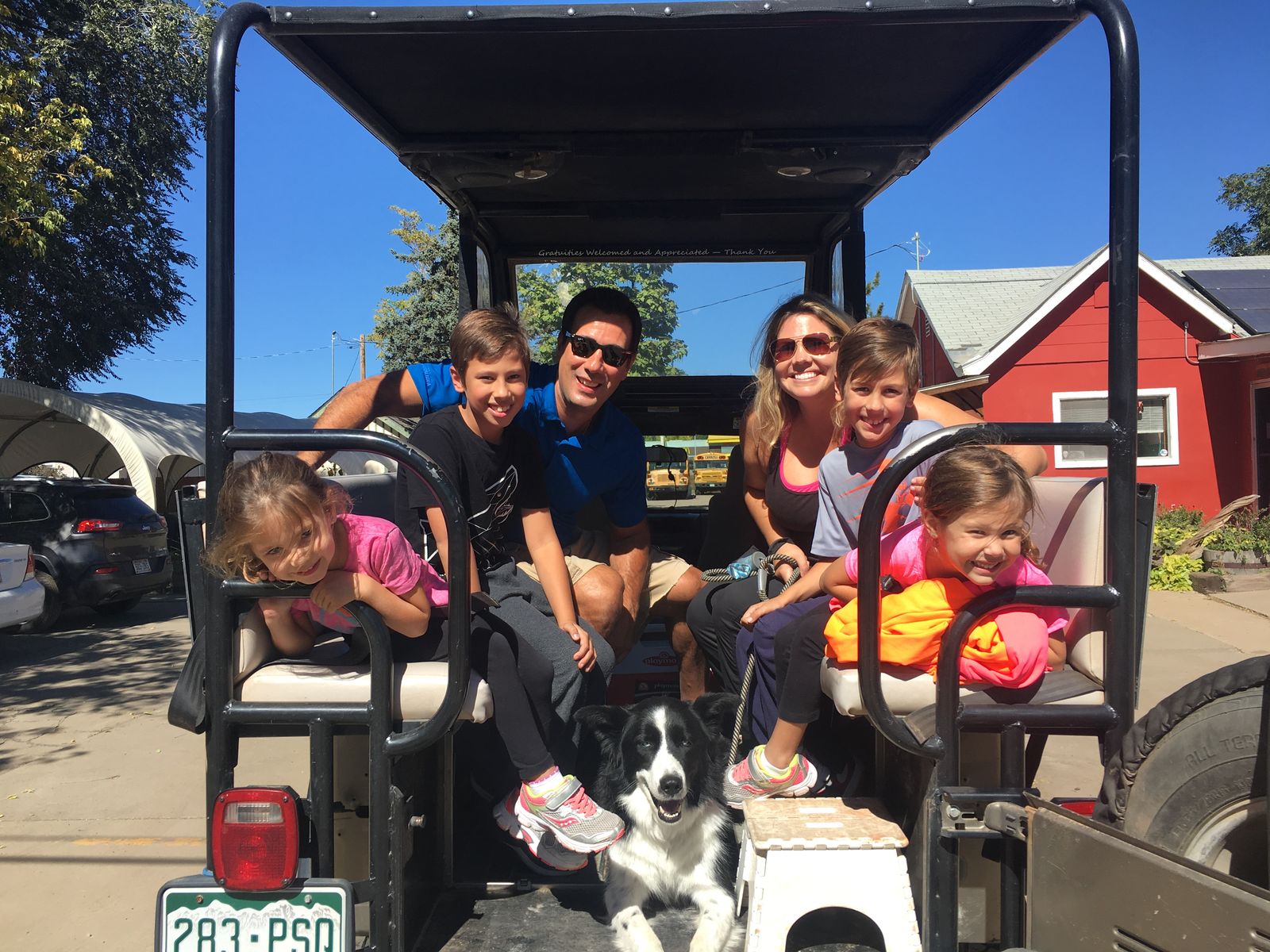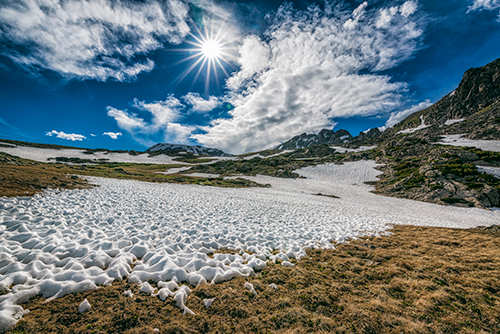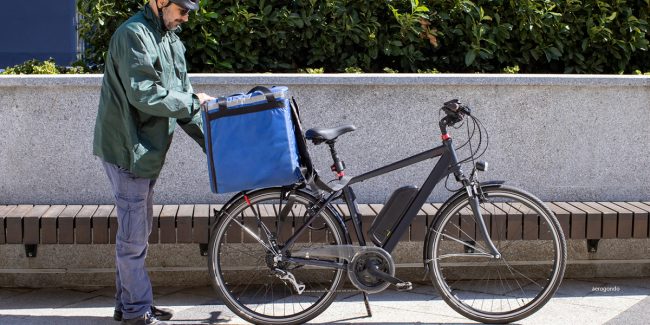Colorado Winter Driving Survival Kit and Tips
Winter Driving Survival Kit
Be prepared with a winter driving survival kit. Being stranded on the roadside in Colorado in the winter is unthinkable, but it does happen and could happen to you. The best defense is to be prepared for this unlikely but very dangerous situation. Get your roadside winter survival kit organized before you start winter driving through Colorado's mountain passes.
Get the shopping checklist for your survival kit.
Before You Head Out
Don’t forget to check your vehicle before your mountain road trip. Even consider having your mechanic go through your car. This will give you peace of mind. Driving mountain passes is dangerous. Make sure your vehicle is in good shape and up to the task. A four-wheel drive vehicle is mandatory if your road trip includes high mountain passes and possibly some lesser-known off-road routes. A higher clearance vehicle is helpful for navigating rocky roads or traveling through snow. Colorado’s roads are considered some of the worst in the US, ranking 37th in highway performance and cost-effectiveness. Keep your gas tank as full as possible, check the winter weather report, and view CDOT’s live webcams for a real-time report of Colorado’s major passes.Auto Checklist Before a Colorado Winter Road Trip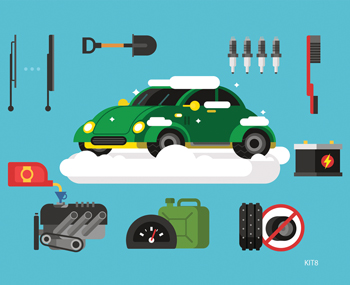
-
Tire condition, plenty of treads, and no bulges or signs of damage.
-
Tires that are suitable for mountain and winter driving.
-
Correct tire pressure.
-
The wipers are working and have plenty of winter wiper fluid.
-
Check coolant. Flush the radiator if needed.
-
Check oil, power steering, and brake fluid.
-
Check fuses and horns. Have extra fuses.
-
Check high and low-beam headlights.
-
Check the heater.
Winter Driving Survival Kit - means being prepared.
Having a winter survival kit in your car is the best insurance for surviving being stranded on the roadside. Sure, you have AAA, but being stranded roadside on top of a mountain pass is a more complicated situation. It’s not uncommon for tractor-trailers to jackknife once traffic stops or comes to a crawl. Mountain passes are steep and can become packed with black ice quickly. Once traffic stops or is reduced to a crawl, vehicles can lose traction and slide backward.Worst Case Scenario
So you’re stuck in this winter icy mountain highway mess of bumper-to-bumper traffic, a jackknifed semi-truck, and its pounding snow or, worse, sleeting rain-snow mix. Hopefully, you get the picture; there is no tow truck that is going to make the save in these conditions.
Or don’t forget the possibility of sliding off the icy pass road and plunging down 500 feet or more. Oh, and the unlikely event of being swept away in an avalanche…Colorado Winter Driving Survival Kit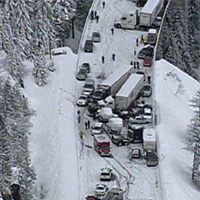
Most likely you have a few items already in your car like a tow rope or a flashlight. However, if you’re serious about your survival, it’s worth the effort to get organized and become prepared. First, be mindful of where your gear is located. Things like extra clothes can be in the back seat or nearby. Flashlights, camp stoves, cell phone charges, and similar items need to be in an accessible compartment. At the same time, flat tire equipment, jumper cables, and other mechanical equipment will occupy yet other locations. It’s best to categorize your winter driving survival kit and locate where the items will be stored. Remember that freezing temperatures, snow, and ice add to the complexity of being stranded on the roadside. It’s not uncommon for the trunk and car door locks to become frozen. Wipers stop working, and wheel wells become jammed with frozen ice and snow. This means including items to help you deal with freezing conditions.
Emergency items that need to be most readily accessible (in the vehicle)
Being caught in the dead of winter means you need to be able to access your winter driving survival kit. The following list of items should be available in the backseat or in an easy-access spot. Most winter Drivers will already have these items, but just as a reminder.
The Survival Kit Shopping Lists
Use the links to add items to your Amazon shopping cart via our affiliate marketing program. Amazon will pay us back a little bit for making recommendations.
Get what you need all at once at Amazon.
-
Warm clothing, hats, and gloves.
-
Snow boots (something you can walk in) and warm socks.
-
An extra blanket(s) or sleeping bag, pillow(s).
-
Survival food such as energy bars, nonperishable snacks, and instant hot drink mix.
-
Water in a container that won’t freeze.
-
Towels, paper products.
Next Level Winter Survival Gear (in an accessible compartment)
Not-so-common items that need to be boxed together and stowed under a seat or compartment that is accessible.
-
A lighter and matches.
-
A LED flashlight and or other flashlights.
-
More emergency food.
Freezing Weather Defense Tools
Other less common items could be stored together with the above items or have another specific location.
-
A basic tool kit: screwdrivers, pliers, adjustable wrench, hammer, duct tape.
-
De-icer fluids for locks and frozen parts.
-
Ice melt products for traction issues. Could be cat litter, floor sweep, or safety absorbent.
-
Tire chains (In addition to your 4-wheel drive)
- A foldable shovel or two.
The usual roadside auto repair equipment
Most vehicles come with a spare tire, a jack, and other equipment neatly tucked away. If the spare tire is located in the undercarriage of the vehicle, for example, you should consider relocating these items for winter driving. This is also true for items locked in the trunk. Locks can become frozen and the undercarriage of your vehicle can become packed with snow and ice. Even if you are able to clear all the packed snow, bolts, and other mechanical parts will be frozen and hard to deal with.
-
A spare tire
-
Extra fluids, oil, coolant, wiper fluid.
Winter Driving Survival Kit - Get it Together
Winter in Colorado is super fun; however, keeping it fun means staying safe. Making the effort to create a winter roadside survival kit (checklist) is time well spent. Dealing with the hazards of winter driving is something you have to prepare for. A bad situation can quickly worsen if you're not prepared. It's not worth the risk.by Kathleen Fitzsimmons


